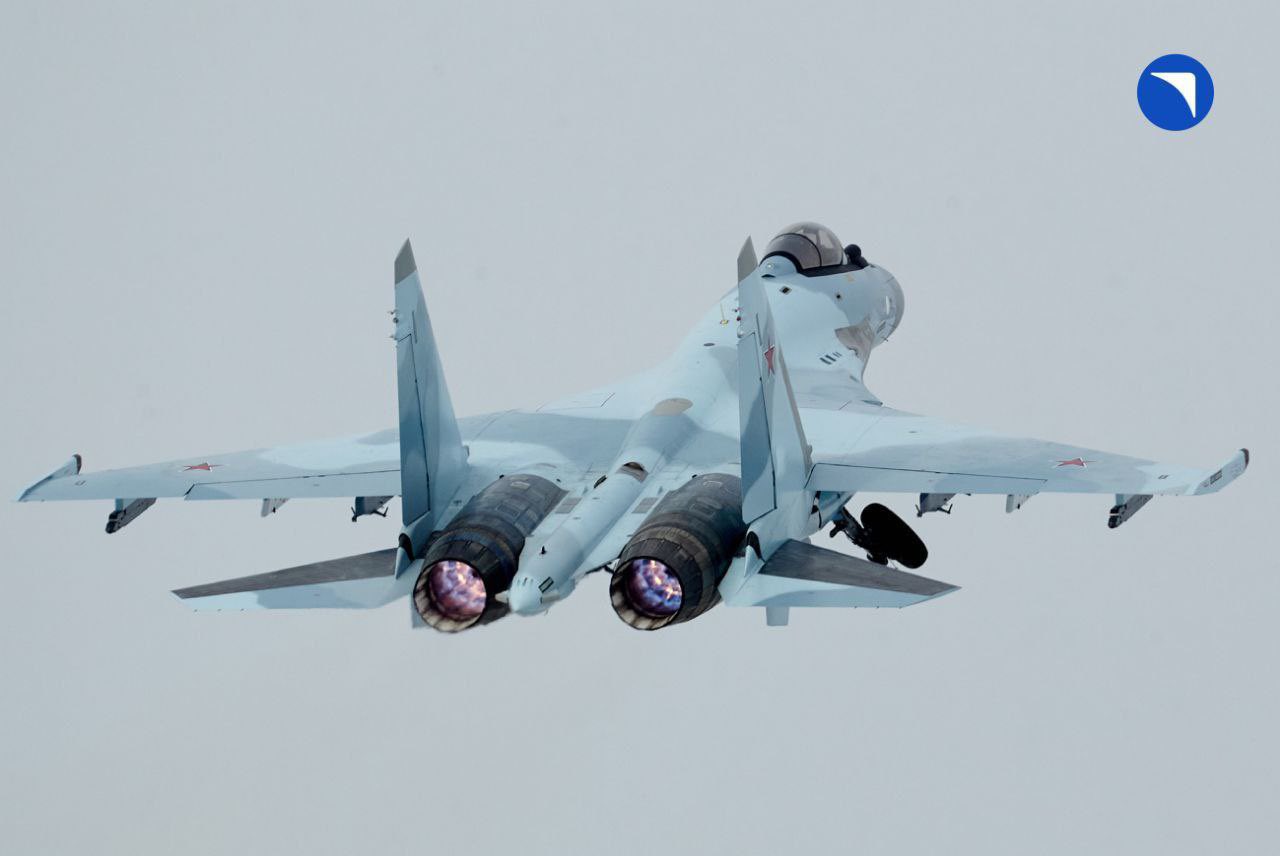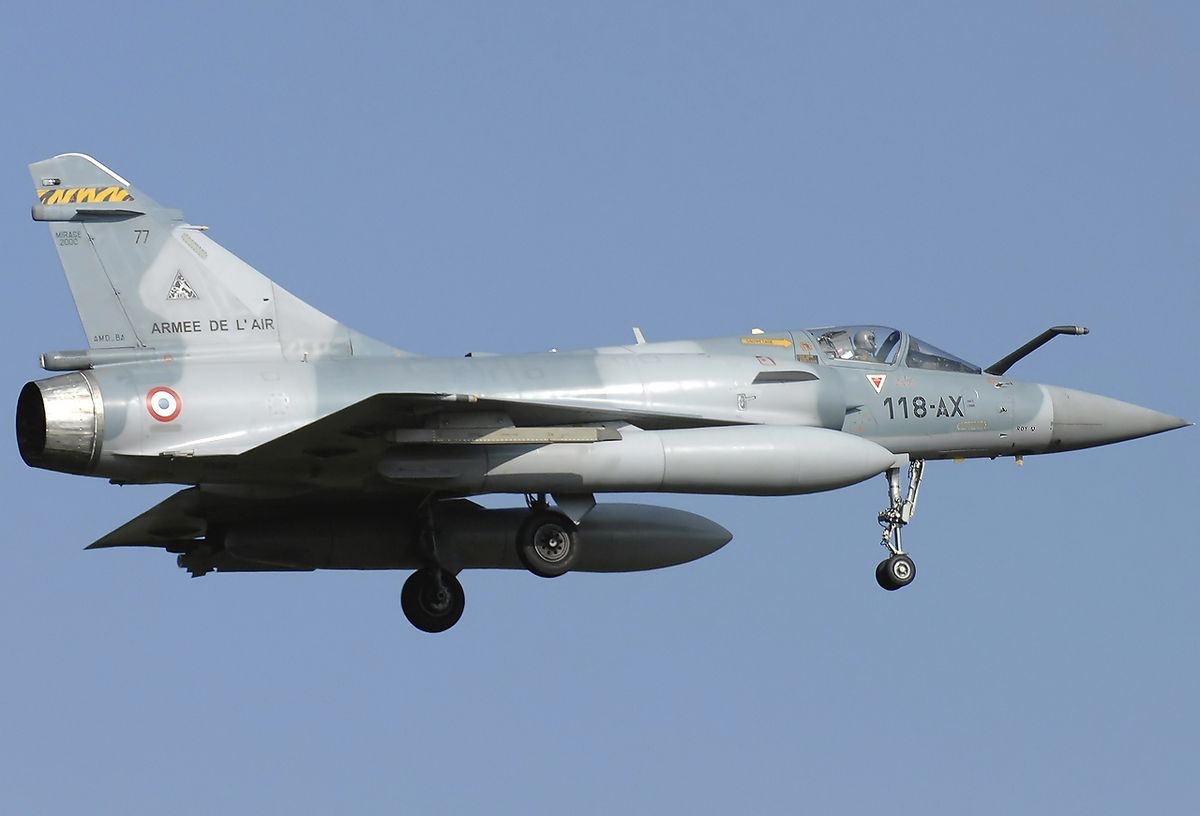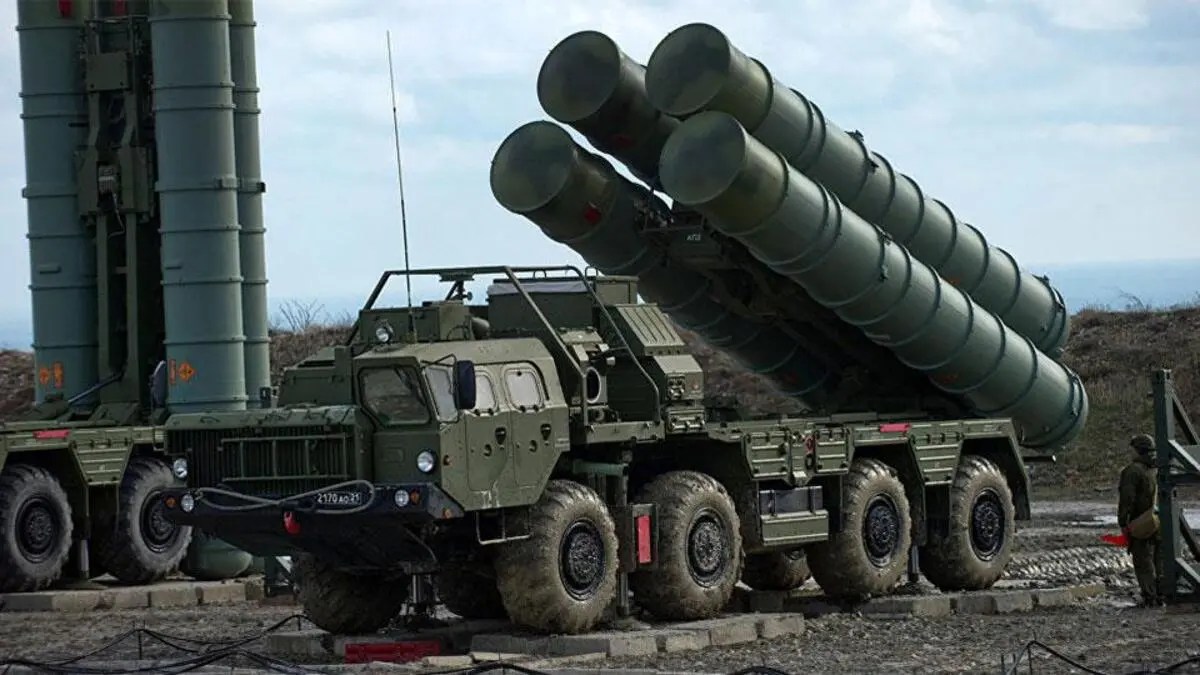In modern warfare, the rapid evolution of air defense systems and air superiority fighters has redefined the way air forces deploy their assets in contested environments.
The ongoing conflict in Ukraine has sharply highlighted the challenges faced by air forces when operating in dense air defense networks and air superiority zones.
Against this backdrop, legacy aircraft like the Mirage 2000 still play a significant role when paired with appropriate tactics, weapons, and formations.
This article will explore how the Mirage 2000 can be utilized effectively in modern conflicts, specifically in scenarios similar to Ukraine, where threats like the SU-35/30 and S-400/300 systems are present.
We will also examine whether the Mirage 2000-5 can be integrated into mixed formations with aircraft like the MiG-29 and Su-27 to perform multiple missions together.
The Mirage 2000’s Role in Modern Conflicts
The Mirage 2000, originally developed by Dassault Aviation for the French Air Force, has proven versatile and highly capable as a multi-role fighter.
Despite its relatively older design, when equipped with modern upgrades and appropriate weaponry, it can still contribute significantly to air campaigns, even in the presence of advanced Russian air defenses.
Countering Modern Threats: SU-35/30 & S-400/300
In a scenario like Ukraine, where Russia operates highly capable fighters such as the SU-35 and SU-30 alongside the formidable S-400 and S-300 surface-to-air missile (SAM) systems, survivability becomes the top priority for any aircraft attempting to penetrate enemy airspace.
The Mirage 2000’s survivability in such a hostile environment hinges on its ability to operate with standoff weaponry, thus reducing the need for direct engagement in the threat envelope of enemy air defenses.

Stand-off Weaponry
The Mirage 2000, particularly in its upgraded variants, can carry an array of stand-off weapons, such as the Spice 2000 precision-guided bomb and the Popeye missile.
These munitions allow the Mirage to strike high-value targets from a distance without entering the kill zone of systems like the S-400, which can engage aircraft from up to 400 kilometers away.
By launching stand-off weapons from outside the enemy’s air defense envelope, the Mirage 2000 can effectively conduct Counter-Air Operations (CAO), which are crucial in the early stages of air campaigns.
These operations focus on neutralizing the adversary’s air capabilities by targeting radar installations, command centers, and air defense systems. Once these key nodes are destroyed or degraded, the battlefield becomes more permissive for follow-up missions like air superiority and close air support.
The Tactics: Hit & Withdraw
In a conflict involving complex air defense systems and highly maneuverable fighters, the Mirage 2000 should adopt a hit-and-withdraw strategy.
Here, Electronic Warfare (EW) plays a critical role. While the Mirage 2000 is not a stealth aircraft, it can benefit from coordinated electronic jamming provided either by dedicated EW platforms or its own onboard systems to mask its approach and increase survivability.
This tactic is similar to the use of aircraft like the F-16CJ in SEAD (Suppression of Enemy Air Defences) roles, where strike aircraft rely on EW support to break through dense air defense networks.
Integration: Mirage 2000-5 With MiG-29 & Su-27
The second question—whether the Mirage 2000-5 can operate effectively in mixed formations with other aircraft like the MiG-29 and Su-27—highlights the issue of interoperability between aircraft of different origins and roles.
India, for example, has mastered the art of integrating Western and Russian platforms, utilizing each aircraft’s strengths to complement the others in joint operations.

Interoperability In Joint Operations
India’s Air Force is a prime example of successfully employing diverse fighter platforms in unified operations. The Mirage 2000 has been used extensively in the IAF alongside MiG-29s and Su-30MKIs for various roles, each aircraft fulfilling a unique function.
The Mirage 2000 is often employed for Counter-Air Operations, precision strikes, and escort missions, while the MiG-29 and Su-27/Su-30 focus on air superiority and strike missions.
Electronic Warfare & Escort
The Mirage 2000, with its strong electronic warfare capabilities, can act as an escort for strike packages composed of MiG-29s or Su-27s. By suppressing or confusing enemy air defenses, the Mirage can provide a safer corridor for these strike aircraft to reach their targets and return.
In return, the MiG-29s and Su-27s, with their superior air-to-air combat capabilities, can defend the formation from enemy fighters such as the SU-35 and SU-30, thus enabling the entire package to complete its mission with minimal losses.
Past Examples of Mixed-Platform Integration
One notable historical example of such mixed formations was during the Kargil War in 1999 when the Indian Air Force used its Mirage 2000s in tandem with MiG-21s and MiG-27s.
The Mirage 2000’s precision strike capability was used to destroy heavily fortified enemy positions, while the other aircraft provided ground support and air superiority. This combination allowed the IAF to maximize the strengths of each platform while minimizing its vulnerabilities.
Similarly, during Operation Allied Force in 1999, NATO forces deployed a variety of aircraft from different nations, including American F-15s and F-16s, British Tornados, and French Mirage 2000s, in mixed formations. Each aircraft had a defined role, and they worked together to achieve air superiority and conduct precision strikes.
This demonstrated that even aircraft from different countries and manufacturers could operate together effectively when properly integrated.
Strategic Uses Of Mirage 2000 In Current Scenarios
In a Ukrainian-like scenario where Russian air defenses and air superiority fighters are a constant threat, the Mirage 2000’s strategic use comes down to a few key points:
Initial Counter-Air Operations
The Mirage 2000 should focus on disabling or degrading enemy air defenses using stand-off weapons. This would include attacking radar sites, SAM batteries, and key communication nodes. By doing so, the airspace becomes more permissive for follow-up operations.
Air Superiority Missions
Once air defenses are neutralized, Mirage 2000s can engage in air superiority operations in conjunction with more capable air-to-air fighters like the MiG-29 or Su-27.
In such missions, the Mirage 2000’s agility and capable radar system allow it to hold its own, though it should ideally be paired with more advanced fighters like the Su-30 or MiG-29 for top cover.
Close Air Support (CAS)
After air dominance has been established, the Mirage 2000 can be used for CAS missions, supporting ground forces by delivering precision munitions onto enemy positions.
However, these operations should be conducted cautiously in the presence of remaining mobile air defense systems like the Pantsir-S1.
Survivability In The Face Of Advanced SAMs
The Mirage 2000’s survivability against systems like the S-400/300 is a significant concern. With a reported range of 400 kilometers and multi-target engagement capability, the S-400 is designed to neutralize most modern aircraft, including the Mirage 2000. However, using SEAD tactics and electronic warfare, the risk to Mirage aircraft can be mitigated.

The Spice 2000 and Popeye missiles, for example, are critical to enabling the Mirage 2000 to conduct strikes without entering the lethal range of these air defense systems. Additionally, employing low-level ingress, using terrain masking, and launching decoy drones can help reduce exposure to enemy SAMs.
Conclusion
When paired with modern weaponry and tactics, the Mirage 2000 remains a potent platform capable of contributing to a modern air campaign, even in a highly contested environment like Ukraine.
Its ability to carry out stand-off strikes and operate alongside more advanced fighters like the MiG-29 and Su-27 makes it a versatile and valuable asset. The key to its success lies in proper mission planning, integration with other platforms, and leveraging its strengths—precision strikes and electronic warfare—while minimizing exposure to enemy defenses.
By drawing on lessons from past conflicts and current operations, air forces can continue to utilize the Mirage 2000 effectively, ensuring that it remains relevant in the ever-changing landscape of modern warfare.
- Group Capt MJ Augustine Vinod VSM (R) is COO, AutoMicroUAS. The views expressed in the above piece are personal and solely those of the author. They do not necessarily reflect the EurAsian Times’ views.
- He tweets at @mjavinod




